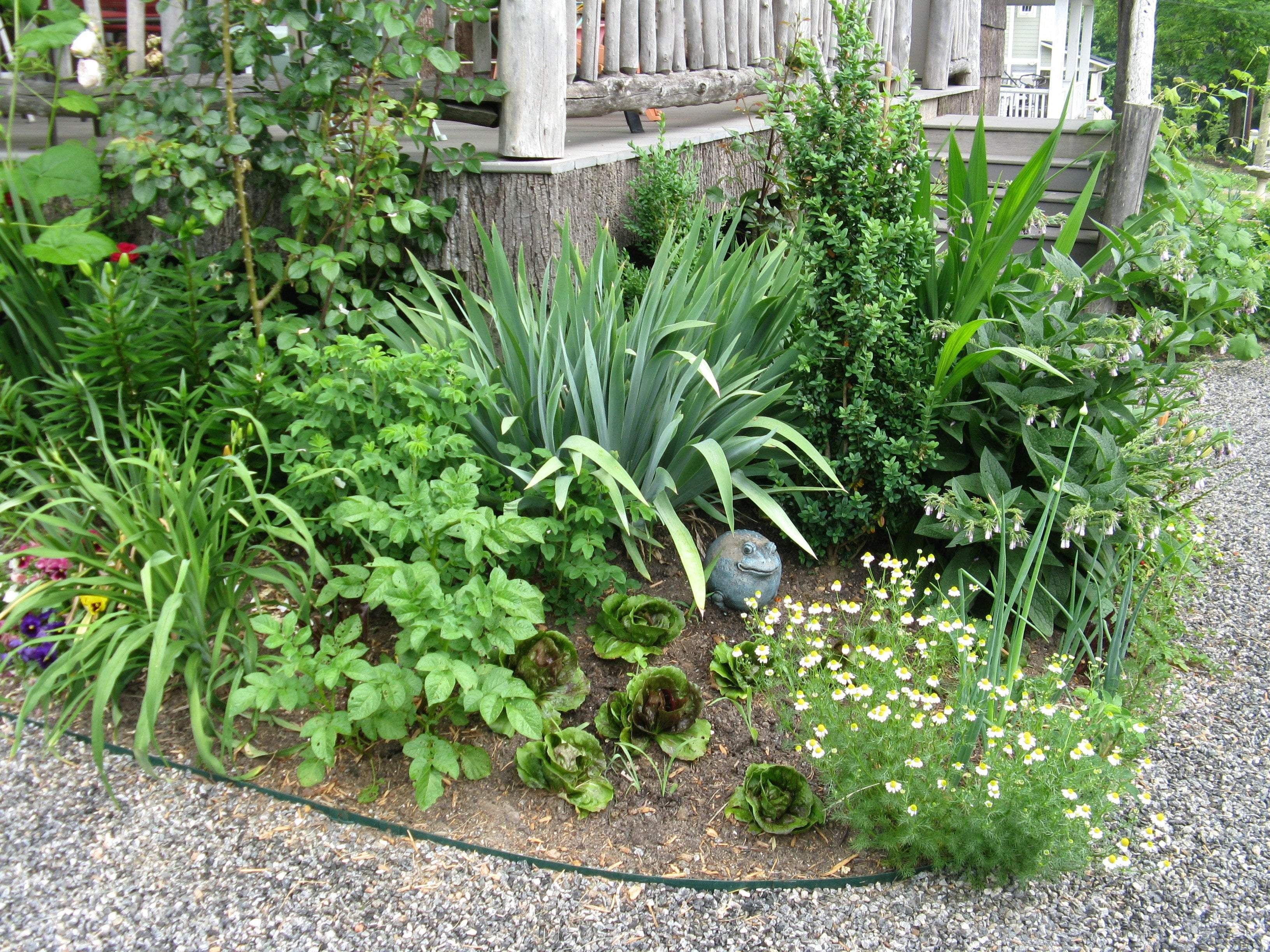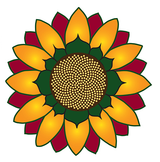I like city life and I like gardening. Managing both isn’t difficult, but it may require new ways to think about planning, planting, care, and harvesting. For the last decade I have successfully grown many different crops in my tiny yard. In just 9/100th of an acre I've got herbs, vegetables, and fruits.
Here are some tips for creating a productive garden no matter how little space you have:
Use all four seasons
Many plants thrive in cool weather (leeks do fine in snow), so forget about just planting a summertime garden. Use every bit of available space in as many months as possible. The trick is to pull up all the spent plant material once a harvest is done. Then condition the soil by adding nutrients, and plant another crop. Example: a rotation might include lettuces in spring, then okra in summer, and giant red mustard greens in fall and winter. Cardoons are cold hardy, as are rhubarb and asparagus – all of them big plants in the garden. All have their seasonal beauty, so grow these semi-permanent plants as ornamentals that also produce food.
Forget about rows
I don’t plant anything in rows; they take up so much space and look boring. Instead, I broadcast seeds in an area about the size of a placemat, and grow them decoratively in a flowerbed (chamomile, cilantro, chives, and other herbs). Or I start pretty plants individually and treat them as specimen plants. That works well with lettuces, radicchio, chard, and Savoy cabbage.
Grow the onion family
It’s easy to hide onions, leeks, garlic, and shallots in your flower beds. And I find that vegetables grown near onions don’t suffer from insect pests as severely.
Get vertical
Be sure to include some tall plants in your garden design. Not only do they increase yield per square foot, but they add visual interest. I like popcorn, Jerusalem artichoke (sunchoke), amaranth, and tall herbs like fennel and dill. Bees and other pollinators will thank you.
Containers work too
Use shallow containers to grow lush crops of salad greens, herbs, and flowers all together. Arrange containers in the corners of patios and walkways to maximize every inch. Tabletops too.
Groom, groom, groom
A small garden is easy to maintain, and if you do ten minutes of deadheading, thinning, and weeding every day – every day – the results will be healthy plants and big yields of tender, tasty produce. You'll see everything as it ripens.
Growing fruits, vegetables, and herbs in an urban garden setting marries beauty and practicality.
Written by Sow True Seed Garden Ambassador for WNC, Nan Chase



